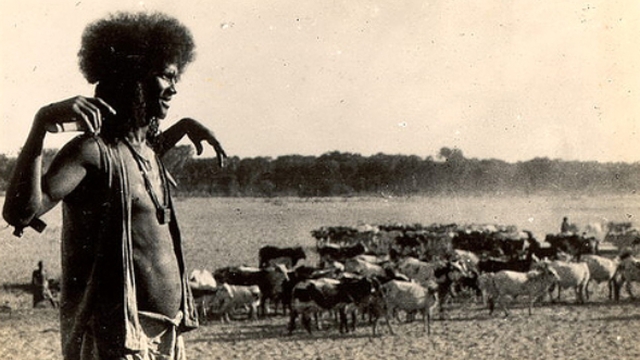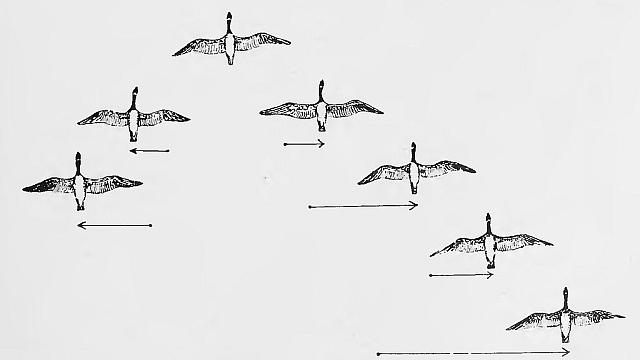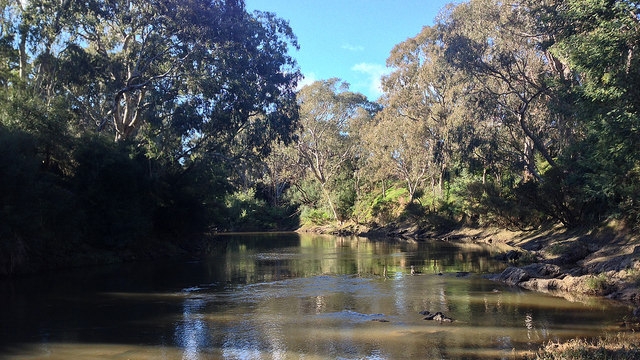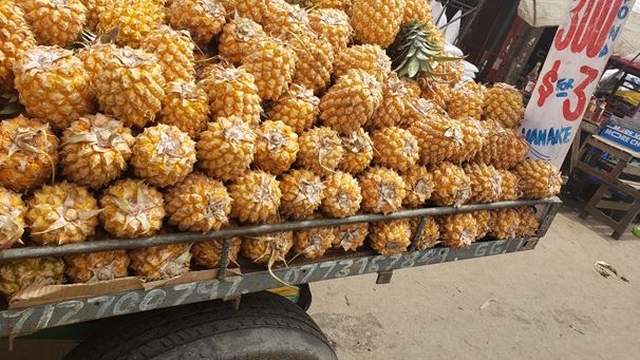
The case for indigenous knowledge systems and knowledge sovereignty (part 7): Hybrid knowledge systems: are they feasible?
This article is part 7 of a series of articles putting forward the case for indigenous knowledge systems (IKS) and knowledge sovereignty, featuring selected excerpts from the book Knowledge Sovereignty among African Cattle Herders.
As I have discussed in the previous … [parts of this series], there is certainly no shortage of critiques being fired from both sides of the indigenous knowledge / scientific knowledge debate. Both systems have been shown to have their pros and cons, and this clash of paradigms has been evident in the mixed-policy landscape seen globally. But can these two systems be integrated in a way that is not so combative, and if so, how?
Berkes1 certainly seems to think so, and states strongly that ‘scholars have wasted (in my view) too much time and effort on a science versus traditional knowledge debate; we should reframe it instead as a science and traditional knowledge dialogue and partnership’. He despairs at the scepticism those entrenched in scientific knowledge seem to have towards indigenous knowledge and goes on to cite several instances in which the knowledge partnership he proposes has manifested as a beneficial ‘co-production of knowledge’. Qualitative, experiential and process-driven indigenous knowledge contributes by proposing research hypotheses, while science provides the scientific scrutiny and data-driven approach; together they advance the frontiers of knowledge and build links of trust between communities 2.
Efforts to combine knowledge systems have been pursued in the areas of land management and climate change adaptation, as they relate to food security. Angassa, Oba and Stenseth3 talk about the problem of land degradation due to modern stressors such as population growth and resource exploitation, and their resultant ‘inappropriate systems of land use’. They go on, however, to cite research carried out in communities in Mali, Botswana and Kenya by the Centre for Ecological and Evolutionary Synthesis4 (Angassa 2007) in order to explore how this degradation may best be combated. They found great possibilities for a combined indigenous knowledge / scientific methodology, especially in the ‘linking [of] indigenous early warning systems [(EWS) for drought] with modern drought management strategies in order to achieve effective drought management in arid regions of Africa’ 5. Indigenous communities not only hold the knowledge of how to predict droughts, they also have unique coping strategies. Wireless sensor networks and mobile phones are being used to bridge scientific and indigenous knowledge of weather-forecasting methods, and this means that forecasts – and how they are disseminated – respond to local needs. Frameworks are being established to achieve this integration6. Community-based EWS (CbEWS) based on indigenous knowledge use qualitative indicators which can be linked to the conventional EWS that rely on quantitative and ‘scientific’ data. These qualitative indicators include environmental factors such as rainfall, pasture and browsing, crops, pests and water availability, livestock factors such as body condition, reproduction, milk production and diseases, and human factors such as disease and conflict7.
Next part (part 8): Knowledge sovereignty: threats, adaptation and merger.
Article source: Knowledge Sovereignty among African Cattle Herders is licensed under CC BY 4.0.
Header image source: Tigre man from Barka Valley is in the Public Domain. The Beni-Amer people probably emerged in the fourteenth century AD from the intermixing of the Beja and the Tigre.
See also: Cultural awareness in KM.
References:
- Berkes, F. (2009). Indigenous Ways of Knowing and the Study of Environmental Change. Journal of the Royal Society of New Zealand 39(4): 151–6. ↩
- Moller, H., Kitson, J.C., and Downs, T.M. (2009). Knowing by Doing: Learning for Sustainable Muttonbird Harvesting. New Zealand Journal of Zoology 36(3): 243–58. ↩
- Angassa, A., Oba, G., and Stenseth, N.C. (2012). Community-based Knowledge of Indigenous Vegetation in Arid African Landscapes. Consilience: The Journal of Sustainable Development 8(1): 70–85. ↩
- Angassa, A. (2007). ‘Synthesis-Report on the MSc Training under Global Environmental Facility–Indigenous Vegetation Project (GEF–IVP) University of Oslo, Centre for Ecological and Evolutionary Synthesis, Oslo December 2007. Final Report submitted to the UNEP Secretariat.’ ↩
- Angassa, A., Oba, G., and Stenseth, N.C. (2012). Community-based Knowledge of Indigenous Vegetation in Arid African Landscapes. Consilience: The Journal of Sustainable Development 8(1): 77. ↩
- Masinde, M. and Bagula, A. (2012). ITIKI: Bridge between African Indigenous Knowledge and Modern Science of Drought Prediction. Knowledge Management for Development Journal 7(3): 274–90. ↩
- Radice, H.W. and Tekle, A. (2011). ‘Technical Brief: Pastoral Community-Based Early Warning Systems. Why Don’t We Really Understand Them?’ Save the Children UK, Ethiopia. ↩





